All Recipes & Blogs
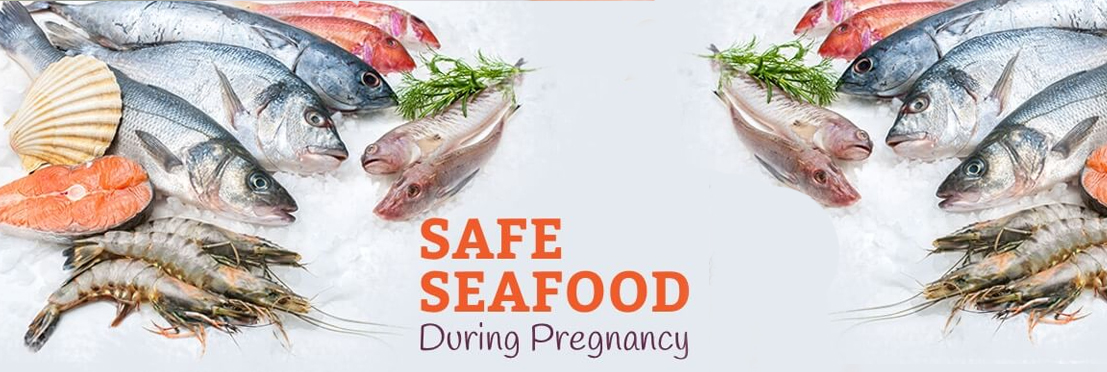
What fish we can eat during pregnancy? A complete guide
November 22, 2024
No Comments

How to Crack Lobster | Tips and Tricks
June 15, 2024
No Comments
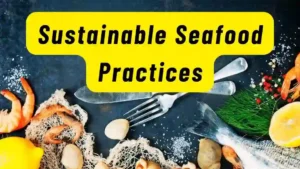
Sustainable Seafood Practices: From Ocean to Table
June 11, 2024
No Comments
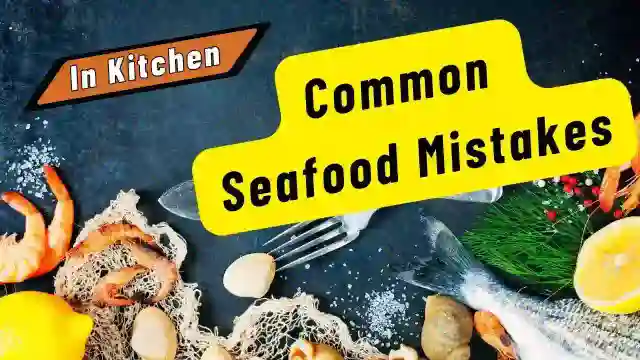
Common Seafood Mistakes To Avoid In The Kitchen
June 9, 2024
No Comments
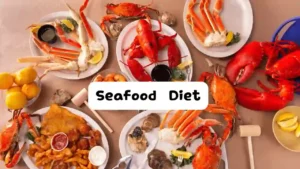
Seafood Balanced Diet: Tips for Healthy Eating
May 21, 2024
No Comments

Wild Caught vs Farms Raised Lobster | Pros and Cons
May 16, 2024
No Comments
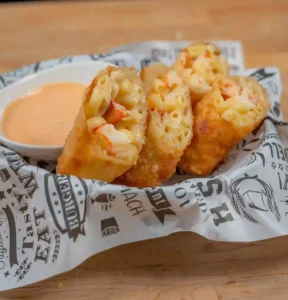
Lobster Egg Roll Recipe
April 15, 2024
No Comments

10 Traditional Seafood Dinner Ideas
April 11, 2024
No Comments

15 Most Popular Seafoods in America
March 26, 2024
No Comments

